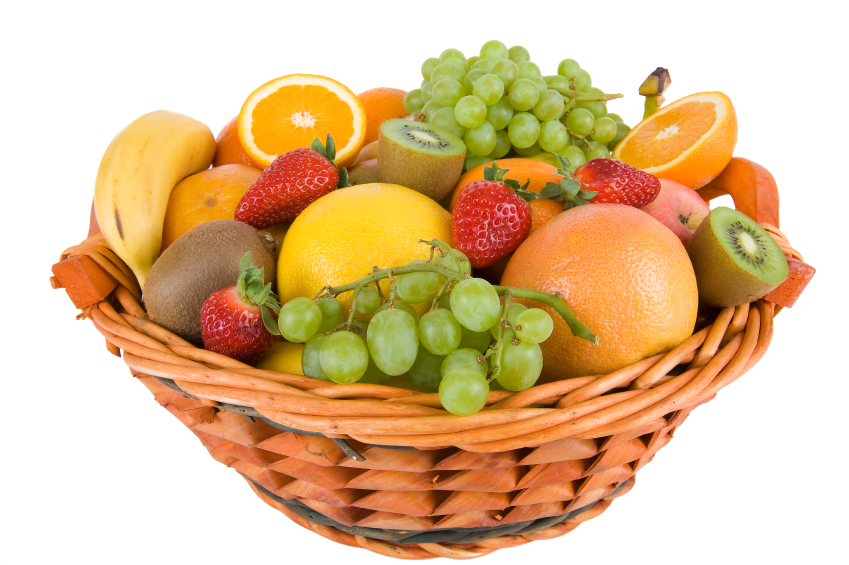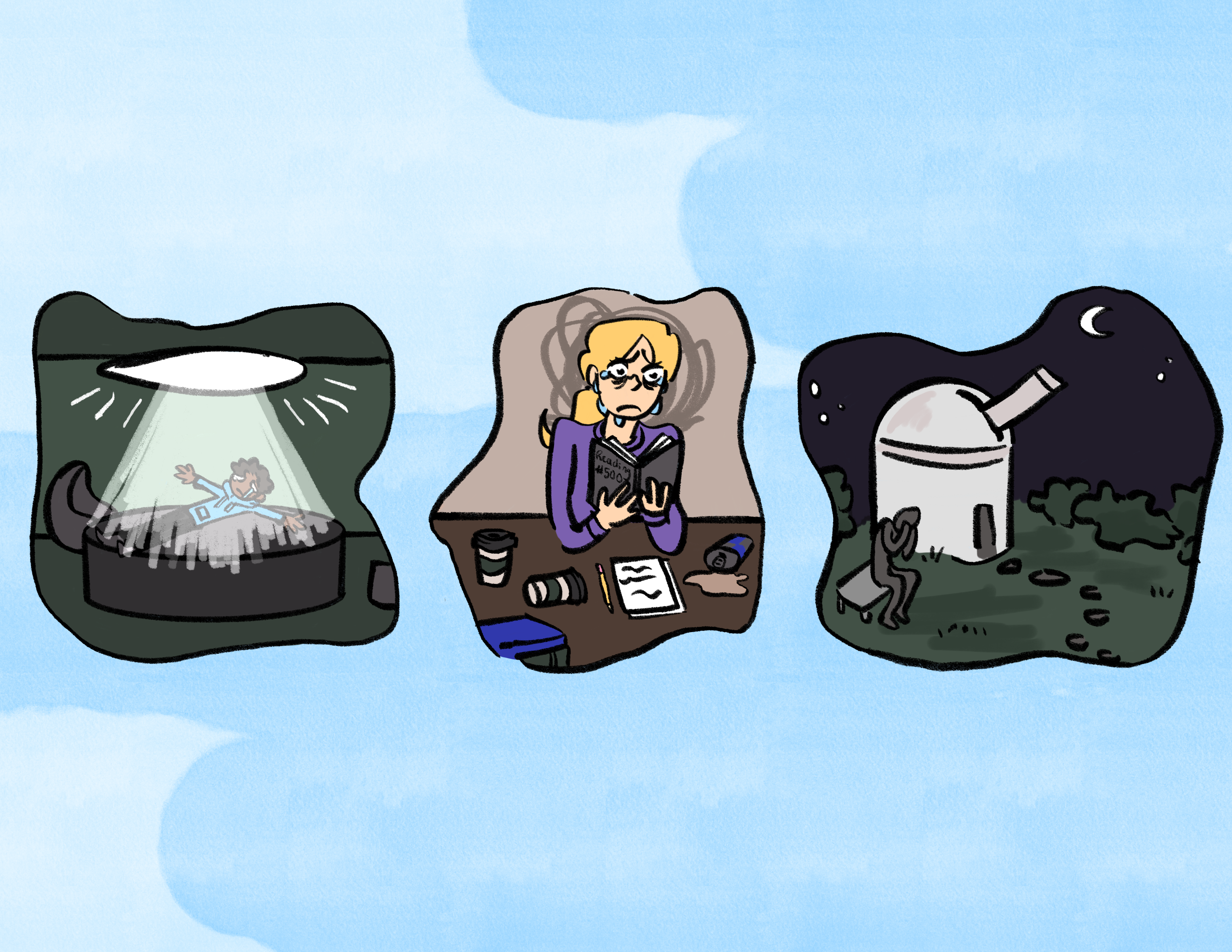In the spirit of Halloween, it’s time to address the fear that we all have, but probably should only be held by adolescent children and lachanophobes: the fear of freaky-looking produce. I know that asymmetrical tomatoes and dented apples seem like some Frankensteinian-lab-experiment-gone-wrong, but don’t run away just yet! Here at Georgetown, there is a group of students that are committed to assuring you that this is an irrational fear. By the end of this article, you will no longer have nightmares and worry about what could end up in your grocery bags; the ghosts of ugly veggies will haunt you no more.
It’s rare to find imperfect produce today in your local supermarket. It seems that vendors have found a way to make every single carrot look just like a clone of every other carrot in the bunch (fun fact, every banana you eat is actually a clone of every other banana you have ever eaten). But is it true that everything that is grown just comes out of the ground looking that pretty? This semester, juniors Harshini Pyata, Megan Wallace and Danielle Huang, and grad student Alex Joseph were encouraged by their professor, Francis Slakey, to ask these questions in their Global Challenges course. Pyata says that it “is unlike any other class I have taken before… it provides us with the resources to design for a purpose.”
In reality, about 30% of produce doesn’t even make it to the shelves of the grocery store because of its aesthetic appearance. “High consumer standards drive retailers and farmers to preferentially market uniform produce,” says Pyata. Vendors know that we all have a phobia of ugly, asymmetrical things, so they take the liberty of throwing out anything subpar to our standards. Food that is equally nutritious—and that was probably going to be cooked down or chopped into a salad anyway—is discarded because of its shape. Pyata and her classmates have made it their goal to rebrand cosmetically imperfect fruits and vegetables, and make these discarded products trendy and desired by consumers. Pyata says that through marketing campaigns they can flip the script on what imperfect produce is, and that their overall goal is “to decrease the amount of food waste we produce at the post-harvest, retail, and consumer stages.”
If we could get people to be okay with buying these “freaky fruits” (even for a discounted price), we would be bringing an estimated 133 billion pounds of food back into the market, and potentially to the tables of those who couldn’t afford fruits and vegetables before. Thanks to these students’ hard work, we can finally sleep at night knowing that weirdly-shaped potatoes are actually good, not evil! Instead of running away in fear, let’s try to show the love and embrace the delicious Frankenseinian veggies in our grocery aisles.





